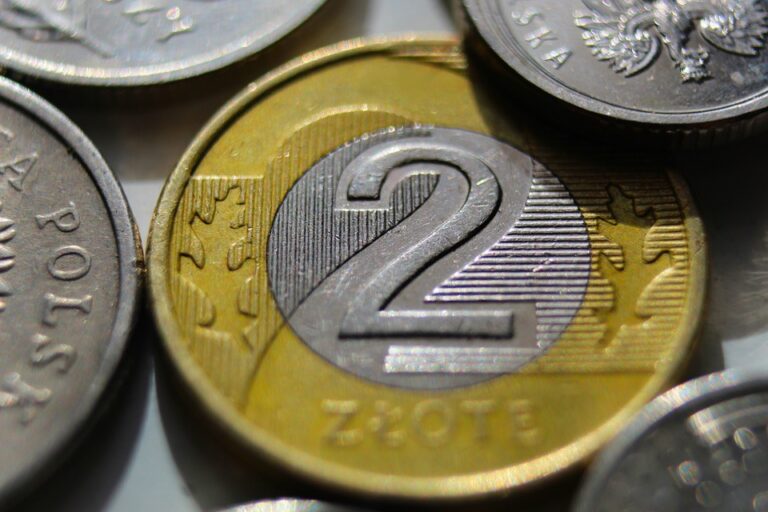Last updated Aug. 3, 2024 by Okechukwu Nkemdirim
Buying a home is often seen as a key milestone in achieving the "American Dream." However, potential homeowners often overlook the hidden costs beyond the down payment and monthly mortgage. Beyond the obvious price tag, owning a home comes with ongoing expenses that can add up quickly. This article delves into the various hidden costs of homeownership and offers practical tips to manage them effectively.
1. Property Taxes
One of the most significant hidden costs of owning a home is property taxes. The amount you pay can vary widely depending on where you live. Local governments use these taxes to fund services like public schools, police, and road maintenance. Property taxes can increase over time, so it’s essential to account for these changes in your budget.
2. Homeowners Insurance
While mortgage lenders typically require homeowners insurance, many first-time buyers underestimate its cost. Homeowner’s insurance can protect you from various forms of damage, but it comes at a price. Policies vary based on location, home value, and coverage level. Premiums can be surprisingly high in areas prone to natural disasters like hurricanes or earthquakes.
3. Maintenance and Repairs
A significant hidden cost of homeownership is maintenance and repairs. Unlike renting, where your landlord is responsible for fixing problems, homeowners bear the full responsibility. From a leaky roof to a broken furnace, repairs can be costly. Regular maintenance tasks such as lawn care, gutter cleaning, and pest control also add up over time.
4. Utilities and Energy Costs
Utility expenses often take new homeowners by surprise. Electricity, gas, water, and garbage disposal services can add a hefty amount to your monthly expenses. Energy costs can spike during extreme weather conditions. Investing in energy-efficient appliances and home upgrades can help manage these costs.
5. Homeowners Association Fees
If you move into a community with a Homeowners Association (HOA), you will incur monthly or annual fees. These fees cover communal amenities like swimming pools, gyms, and landscaping. While these services add value, they are an additional cost you must factor into your budget.
6. Appliance Replacements
Most major appliances like refrigerators, stoves, and washing machines have a lifespan of around 10-15 years. Eventually, you will need to replace these items, which can be expensive. Setting aside a home repair and replacement fund can help you prepare for these eventual costs.
7. Landscaping and Lawn Care
Maintaining a beautiful lawn and landscape can be both time-consuming and expensive. Whether you do it yourself or hire professionals, the costs can add up. Plants, fertilizers, and equipment require regular investment, and severe weather can lead to additional expenditures.
8. Pest Control
An often-overlooked aspect of homeownership is pest control. Whether it’s termites, rodents, or ants, pests can cause serious damage if left untreated. Regular pest control measures are essential for maintaining the integrity of your home, and these services come with a price tag.
9. Renovations and Upgrades
As lifestyles change, homeowners often consider renovating or upgrading their homes. While these improvements can increase the value of your property, they require significant investment. Kitchens, bathrooms, and basements are common renovation projects that can cost thousands of dollars.
10. Health and Safety Measures
Ensuring that your home is safe and complies with local building codes can be another hidden cost. This may involve installing smoke detectors, radon mitigation systems, or even lead paint removal in older homes. Such measures are crucial for the well-being of your family but can require a substantial outlay.
✓ Short Answer
Owning a home involves more than just paying a mortgage. Hidden costs such as property taxes, insurance, utilities, maintenance, and HOA fees can quickly add up. Being aware of these expenses helps in better financial planning and avoids unpleasant surprises down the line.
Practical Tips to Manage Hidden Costs
While the hidden costs of homeownership can be daunting, planning and smart financial management can make them more manageable.
- Create a Detailed Budget: Include all costs like property taxes, insurance, utilities, and maintenance. A comprehensive budget helps you anticipate and prepare for expenses.
- Set Up an Emergency Fund: Allocate funds for unexpected repairs or emergencies. A good rule of thumb is to save 1-3% of the home’s value annually for maintenance and repairs.
- Consider Energy-Efficient Upgrades: Investing in energy-saving appliances and home improvements can reduce utility costs over time.
- Shop Around for Insurance: Compare different homeowners insurance policies to find one that offers good coverage at an affordable rate.
- Get Regular Inspections: Schedule regular home inspections to catch issues early before they become expensive problems.
- DIY Wisely: While DIY can save money, some tasks are best left to professionals. Know your limits to avoid costly mistakes.
- Negotiate HOA Fees: If you’re moving into a community with an HOA, don’t hesitate to negotiate fees or get a complete breakdown of what services are included.
- Update Your Home Responsibly: Prioritize home improvements that add value and are necessary over aesthetic upgrades.
FAQ Section
1. What are the common hidden costs of homeownership?
Common hidden costs include property taxes, homeowners insurance, maintenance and repairs, utilities and energy costs, HOA fees, appliance replacements, landscaping, pest control, renovations, and health and safety measures.
2. How can I budget for these hidden costs?
You can create a detailed budget that includes all potential costs, set up an emergency fund for unexpected expenses, and regularly review and adjust your budget as needed.
3. Are there ways to reduce homeowners insurance costs?
Yes, shopping around for different policies, increasing your deductible, and implementing home safety measures can help lower your insurance premiums.
4. Why are utility bills often higher than expected?
New homeowners might not anticipate the full scope of utilities, which include electricity, gas, water, and waste disposal. Seasonal changes and older, less energy-efficient homes can also lead to higher utility bills.
5. How can I minimize maintenance and repair costs?
Regular inspections and routine maintenance can help catch issues early before they become major problems, saving you money in the long run. Having a dedicated budget for maintenance can also lessen the financial burden.
6. What should I know about HOA fees?
HOA fees can cover services like landscaping, shared amenities, and structural insurance. It’s essential to understand what is included in these fees and whether they are subject to increase.
7. Is it better to hire professionals or DIY home repairs?
While DIY can save money, complex repairs or those requiring specific expertise should be handled by professionals to avoid exacerbating the problem and incurring higher costs later.
8. How can I plan for appliance replacements?
Set up a repair and replacement fund specifically for major appliances. Understanding the lifespan of different appliances can help you budget for their eventual replacement.
Owning a home comes with far more than just the monthly mortgage payment. Awareness and preparation for hidden costs can help ensure that your dream home doesn’t turn into a financial nightmare. By planning ahead and managing your finances wisely, you can navigate the intricacies of homeownership successfully.

![Can’t Afford to Live on My Own? [Do These 38 Tips]](https://paypant.com/wp-content/uploads/2024/06/Cant-Afford-to-Live-on-My-Own-Do-These-38-768x512.jpg)

